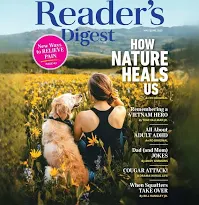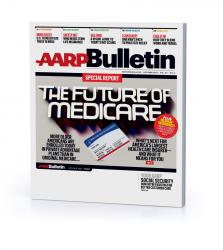In Creating Content, Have What She’s Having
As I was greeting former colleagues and friends at the summer meeting of our Financial Planning Association, I couldn’t help but notice the T-shirt one of the chapter officers had on under his sports coat — “You had me at EBTDA”, the caption read.
(Knowing that the topic of the day was going to be preparing one’s business or professional practice for sale, I recognized the acronym – Earnings Before Interest, Taxes, Depreciation, and Amortization – a financial term measuring a company’s performance and ability to pay back debt).
From the vantage point of my present occupation in content marketing, I was fascinated by how easily that acronym called to mind the Rene Zellweger line from the movie “Jerry McGuire”. Interestingly, there’s a study about that, done at Cornell University, suggesting that the memorability of quotes can be explained by science. Although lines in a movie might become popular because of an unusually effective delivery by an actor, the scientists identified six qualities that make quotes “stick in our minds:
- distinctive words
- simple syntax
- shortness
- generality (so many people can relate to the words)
- present tense
- labial sounds – M, P, B,V
(While “You had me at hello” is short, simple, and “general”, the quote is in past, not present, tense, and uses no labials. It does use alliteration – “had” and “hello” both begin with the H sound, and Tom Cruise’s delivery was tear-jerkingly romantic.)
Other quotes flagged in the Cornell study include:
- “Nobody puts Baby in a corner.”
- “Here’s looking at you, kid.”
- “Toto, I have a feeling we’re not in Kansas anymore.”
- “I’ll have what she’s having.”
In terms of creating online content, Wix.com names six title structures that have proven highly effective:
- Using numbers (“12 things that….)
- Using superlatives (Greatest….. Ultimate guide to….)
- Questions (Why does…..)
- How-tos
- The big reveal (Secrets I learned…..)
- Bracketed descriptors (Tips for Planning Content [FreeTemplates])
The quote “I’ll have what she’s having” (from “When Harry Met Sally” is one we often cite when training business blog content writers: link the products and services offered by your client to prevalent trends. Consumers want to do what “everyone is doing” and to “have what she’s having”.
In creating marketing content, show ’em how to “have what she’s having”!






Follow us online!